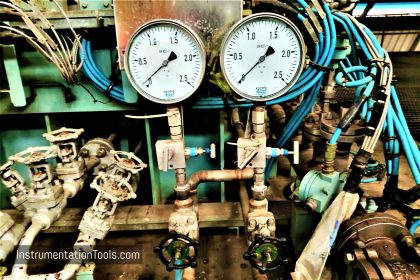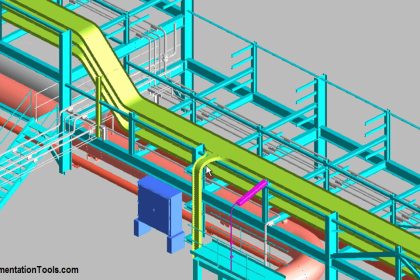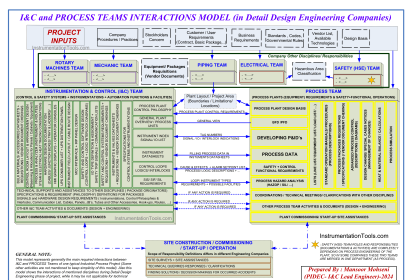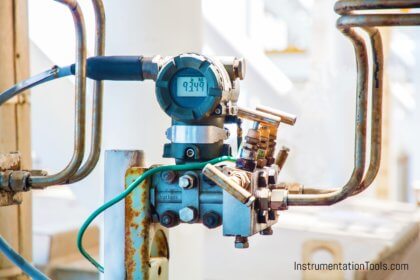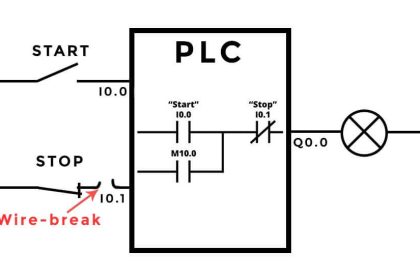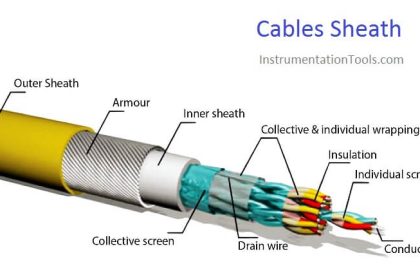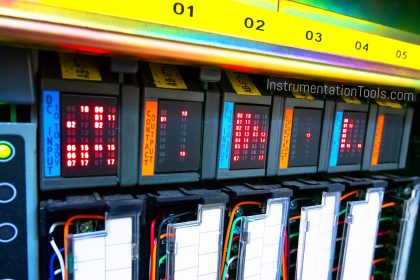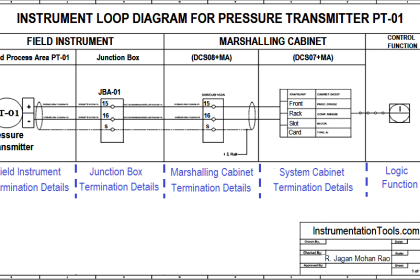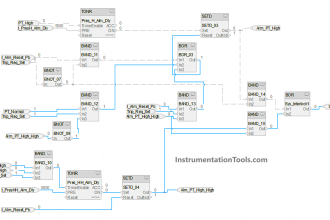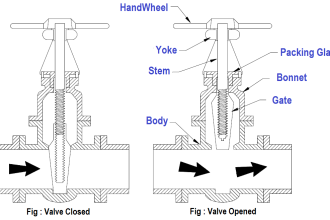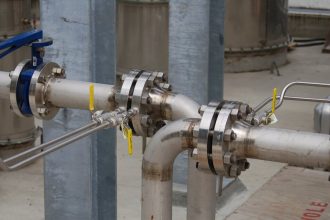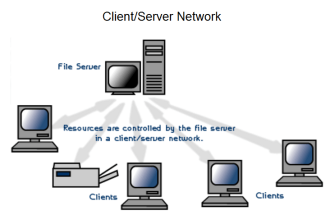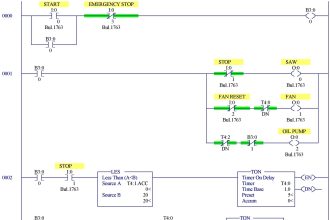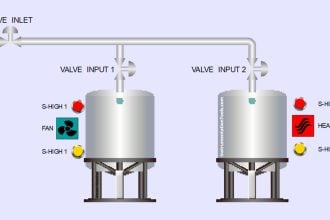Pressure switches are very popular and important in plant control and instrumentation. They are mainly used in control circuits and power circuits. This piece will discuss common terminology associated with the application of pressure and vacuum pressure switches in the industrial environment.
Pressure switches are commonly used in controlling pressure in the following media:
(1) Air
(2) Water
(3) Hydraulic oils
(4) Gases and
(5) Steam
Pressure switches are used for monitoring or controlling positive pressures while vacuum switches are used in the negative pressure range.
Whether it is a pressure switch or a vacuum pressure switch, they typically operate in the following mode:
Fixed Differential:
Detection of a single pressure threshold
Adjustable Differential:
Regulation between two pressure thresholds
Differential Pressure:
Change in the difference between two pressures
Common Terms Used in Pressure Switch Applications:
Set points
Pressure switches typically have two operating points
• Increasing pressure operating point(rising pressure)
• Decreasing pressure operating point(falling pressure)
These operating points are called the set points of the pressure switch
Dual Stage Operation.
Dual stage pressure switches operate with a fixed pressure differential at each pressure threshold. They are designed for use in applications where two separate pressure operations must be controlled by a single pressure monitoring device. These controls are most commonly used where dual functions are required or in sequencing applications such as alarm shutdowns. The spread between the two stages is adjustable, but the differential between the high (rising) and low (falling) operating points of each stage is fixed.
Operating Range
The operating range of a pressure switch is the difference between the minimum decreasing-pressure(low point) and the maximum increasing-pressure (high point) setting values.
Size of a Pressure Switch
The size of a pressure switch is determined by the maximum value of the operating range. However for vacuum pressure switches, the size is determined by the value of the minimum pressure.
Operating point on rising pressure
For pressure switches, this is the upper pressure setting at which the pressure switch actuates the contacts on rising pressure. For vacuum pressure switches, it is the lower vacuum setting at which the vacuum switch resets the contacts on rising vacuum.
Operating point on falling pressure
For a pressure switch, this is the pressure at which the switch output changes state on falling pressure.
Pressure Switches with Fixed Differential:
Depending on the switch application, the high or low operating point is adjustable, and the other operating point follows. The pressure differential is fixed.
Pressure Switches with Adjustable Differential
Pressure switches with adjustable differential allows independent setting of both operating points.
Differential:
This is the difference between the operating point on rising pressure and the operating point on falling pressure. It can be fixed or adjustable
Spread
Spread is normally associated with dual stage pressure switches. The spread indicates the difference between the two operating points on rising pressure and, for vacuum switches, the difference between the two operating points on falling pressure.
Differential Pressure Switches
Pressure switches for differential-pressure operation are used to monitor the change in the difference between two pressures. Differential-pressure switches are unidirectional devices and are used in applications to signal that a predetermined pressure difference has been reached as a result of a widening or increasing difference between the two pressures. They can also be used in applications to signal that a predetermined pressure difference has been reached as a result of a narrowing or decreasing difference between the two pressures. This application is common with oil filters clogging or process filters for the cleaning of natural gas through vessels called scrubbers.
Pressure Switch Accuracy
This is the tolerance between the point at which the switch actuates its contacts and the value indicated on the setting scale (for switches with setting scale). Where very high setting accuracy is required, it is recommended to use separate measuring equipment (pressure gauge, etc.)
Repeat Accuracy
This is the tolerance between two consecutive switching operations.
Drift
This is the tolerance of the operating point throughout the entire service life of a pressure switch.
Maximum Allowable Pressure (MAOP)
The maximum allowable pressure is the pressure to which a pressure switch can be subjected without causing a change in operating characteristics, shift in settings, or damage to the device. System pressure surges may occur during plant start up or from valve operation. Surges are not normally detrimental to the life of a switch if the surge is within the maximum allowable pressure rating of the pressure switch. In particular, diaphragm actuated pressure switches should not be subjected to more than 10 surges per day. More frequent surges greatly reduce the life of the diaphragm.
Maximum Allowable Pressure per Cycle
This is the maximum pressure level per cycle that a pressure switch can withstand for optimum service life.
Surge
A surge is a high rate of rise in pressure, normally of short duration, caused by starting a pump or by opening and closing a valve. Depending on frequency and duration, surge can reduce the service life of pressure switches. Extremely high rates of rise in pressure can be damaging even if they are within the limits of the maximum allowable pressure (MAOP).
Destruction Pressure
Also called burst pressure, the destruction pressure is the maximum rated pressure that a pressure switch can withstand before its destruction—for instance, through rupturing or component failure.
